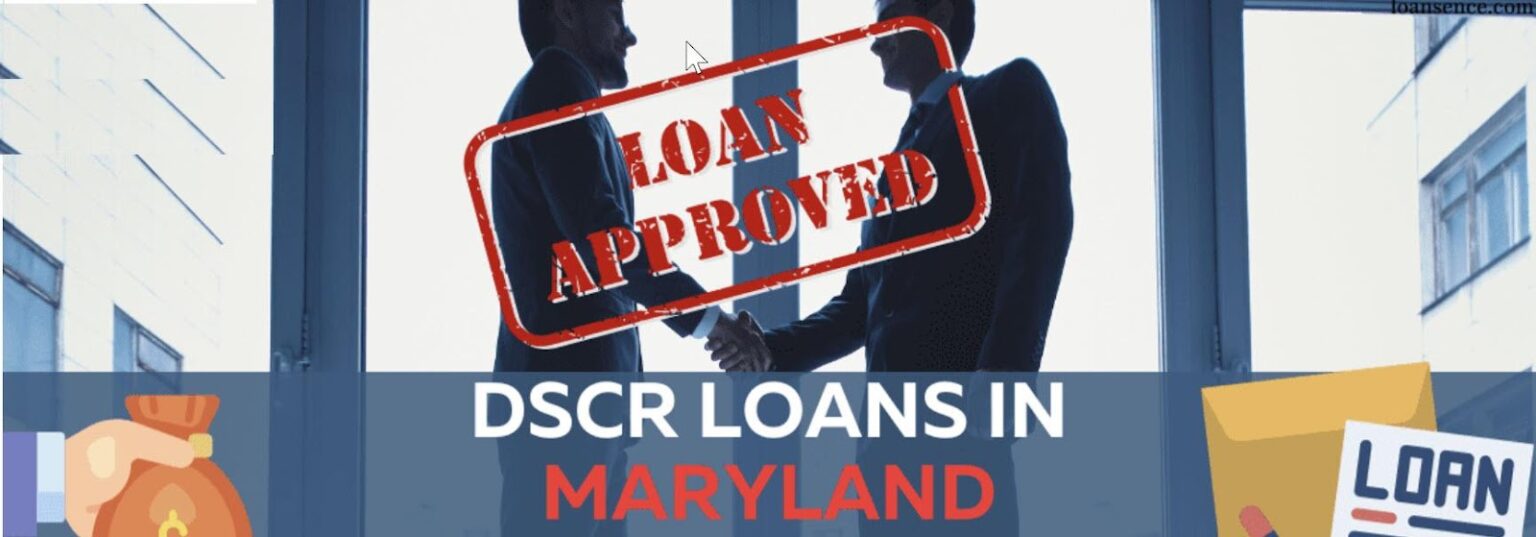
The Benefits of DSCR Loans for Real Estate Investors in Maryland
Real estate investors in Maryland often face challenges when it comes to obtaining financing for their investment properties. Traditional loans typically require extensive documentation, strict income verification, and have limitations on the number of properties that can be financed. However, there is an alternative financing option that is gaining popularity among investors – Debt Service Coverage Ratio (DSCR) loans.
DSCR loans are specifically designed for real estate investors and offer several benefits that make them attractive to those looking to expand their investment portfolios. In this article, we will explore the advantages of DSCR loans for investors in Maryland and how they can help overcome the obstacles associated with traditional financing.
What Are DSCR Loans?
A DSCR loan Maryland, also known as non-QM loans or rental loans, are a type of financing that allows investors to qualify for a loan based on the cash flow generated by the property rather than their personal financial history. Unlike conventional loans that rely on debt-to-income ratios, DSCR loans focus on the property’s ability to generate rental income to cover the monthly mortgage payments.
Advantages of DSCR Loans
1. Qualification Based on Cash Flow
One of the primary advantages of DSCR loans is that they are underwritten based on the property’s gross rental income instead of the borrower’s personal income. This is particularly beneficial for investors who are self-employed or have multiple mortgaged investment properties, as they may not meet the income requirements of traditional loans. With DSCR loans, the focus is on the property’s ability to generate sufficient cash flow to cover the monthly mortgage payments.
2. Flexible Financing Options
DSCR loans offer more flexibility in terms of the type of entity that can borrow the funds. Unlike conventional loans that can only be obtained in an individual’s name, DSCR loans allow investors to borrow in the name of their LLC or corporation. This provides an extra layer of protection for the investor’s personal assets and allows for more efficient management of their real estate portfolio.
3. Less Documentation Required
Applying for a traditional mortgage can be a time-consuming and tedious process, as it requires gathering extensive documentation, including pay stubs, bank statements, and tax returns. In contrast, DSCR loans require minimal documentation. While the lender will still evaluate the borrower’s creditworthiness, they are primarily concerned with the value of the property and its expected cash flow. This streamlined process makes obtaining financing for investment properties quicker and more efficient.
4. No Limitations on the Number of Properties Financed
Traditional loans often have limitations on the number of properties an investor can finance. This can be a significant barrier for experienced investors looking to expand their portfolios. However, most DSCR lenders have more flexible limits and evaluate an investor’s maximum credit exposure on a case-by-case basis. This allows investors to continue growing their real estate portfolios without being constrained by strict lending regulations.
5. Lower Down Payment Options
DSCR loans typically offer lower down payment options compared to conventional loans. While the exact requirements may vary depending on the lender and the borrower’s qualifications, it is possible to obtain a DSCR loan with as little as a 20% down payment. This reduced down payment requirement allows investors to conserve their capital and allocate funds to other investment opportunities.
Understanding the Debt Service Coverage Ratio
To fully comprehend the benefits of DSCR loans, it is essential to understand the concept of the Debt Service Coverage Ratio (DSCR). The DSCR is a ratio that measures the property’s ability to cover its debt obligations, including the monthly mortgage payments. It is calculated by dividing the property’s annual gross rental income by its annual debt obligations, such as principal, interest, taxes, insurance, and association dues (if applicable).
A DSCR ratio of 1 indicates that the property’s rental income is equal to its debt obligations, resulting in a break-even point. Ratios above 1 signify positive cash flow, indicating that the property generates more income than is required to cover the debt. On the other hand, ratios below 1 indicate negative cash flow, meaning that the property’s income is insufficient to cover the debt obligations.
Qualifying for a DSCR Loan in Maryland
To qualify for a DSCR loan in Maryland, investors need to meet certain criteria set by the lender. While the specific requirements may vary between lenders, here are some general factors that lenders consider during the qualification process:
What is The Debt Service Coverage Ratio
The primary factor lenders evaluate is the property’s Debt Service Coverage Ratio. Most lenders require a minimum DSCR of 1.2 to qualify for a DSCR loan. A DSCR of 1.2 indicates that the property generates 20% more income than is required to cover the debt obligations. However, some lenders, such as CambridgeHomeLoan.com and Lenderfi.co, offer DSCR loans with lower coverage ratios, down to 0.85, allowing investors with tighter cash flows to qualify.
Borrower Creditworthiness
Lenders will assess the borrower’s creditworthiness to ensure they have a history of responsible financial management. While the credit score requirements may vary, having a good credit score significantly increases the chances of loan approval and may lead to more favorable terms and interest rates. A starting FICO mid score in todays market runs about 620.
The Property Evaluation
The lender will evaluate the property’s market value, location, and potential rental income. A thorough appraisal and rental analysis will be conducted to determine the property’s viability as an income-generating investment. Factors such as vacancy rates, market demand, and rental trends will also be taken into consideration.
Down Payment Requirement For DSCR Loan
While DSCR loans generally offer lower down payment options compared to conventional loans, the exact requirements may vary depending on the lender and the borrower’s qualifications. Investors should be prepared to provide a down payment, which can range from 15% down on a purchase to 80% cash out on a refinance or cash out refinance.
Required Liquid Reserves
Lenders may require borrowers to demonstrate a certain level of liquid reserves to ensure they have sufficient funds to cover unexpected expenses or periods of negative cash flow. The specific reserve requirements may vary depending on the lender and the borrower’s financial situation.
Conclusion
DSCR loans offer a viable financing option for real estate investors in Maryland. These loans provide flexibility, streamlined underwriting processes, and qualification based on cash flow rather than personal income. By utilizing DSCR loans, investors can overcome the limitations of traditional financing and continue to grow their investment portfolios.
If you’re a real estate investor in Maryland looking to expand your portfolio or acquire new investment properties, consider exploring the benefits of DSCR loans. Contact reputable lenders like CambridgeHomeLoan.com or Lenderfi.co that offer DSCR loans with flexible qualifying criteria and lower coverage ratios. With the right financing, you can take advantage of the opportunities in Maryland’s real estate market and achieve your investment goals.







